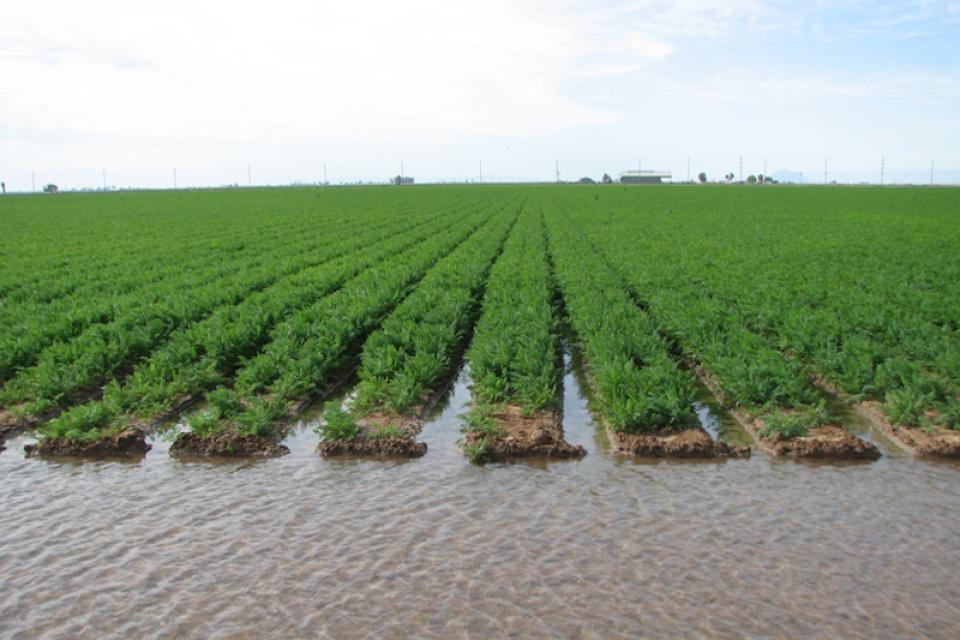USA - Heavy rainfall destroys 4,000 acres of Daviess County crops
26.06.2019 426 views
ScaleAgData Stakeholder Engagement Event
22.10.2024The ScaleAgData project is pleased to invite you to our second stakeholder event. Building on the discussions and connections formed during our first webinar, this event will focus on fostering collaboration among stakeholders, providing updates on our project’s progress, and outlining future opportunities for engagement.
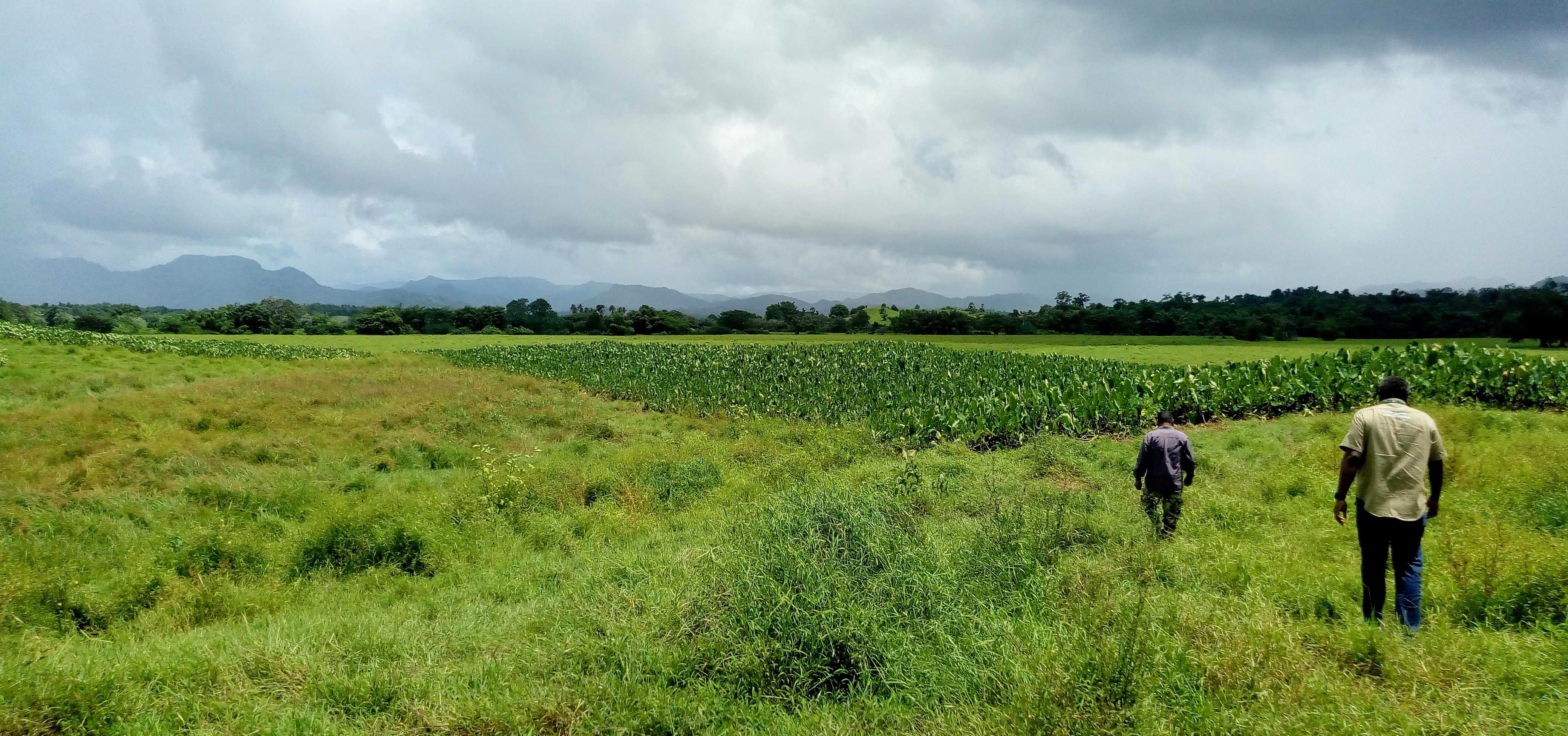
Fiji - Rabi Island calls for agricultural independence to unlock economic potential
Currently under the jurisdiction of Taveuni, the island administrator argues that Rabi’s potential is being stifled by a lack of localized resources.
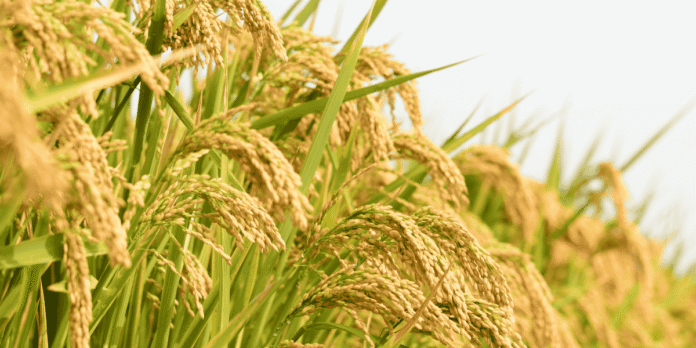
India - Farmers in Andaman & Nicobar to Get Free Crop Insurance Under PMFBY for Rabi 2025–26
The Pradhan Mantri Fasal Bima Yojana (PMFBY), the Government of India’s flagship crop insurance scheme, has been notified for implementation across the Andaman & Nicobar Islands for the Rabi 2025–26 season, offering comprehensive insurance coverage to farmers against crop losses caused by natural calamities and unforeseen events.
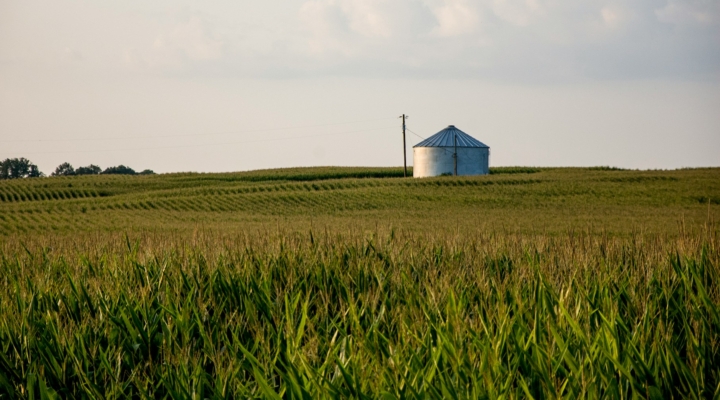
USA - Kentucky Agricultural Development Board approves more than $600,000 for projects across the Commonwealth
Funded projects focus on agricultural diversification, rural development.

Moldovan agriculture minister explains why shelf quotas are not enough
The promotion of local agri-food products must rely on real visibility, fair access in commercial networks and consumers’ education, not on imposing rigid quotas regarding shelf space. Minister of Agriculture and Food Industry Ludmila Catlabuga has made statements to this effect, in the context of public debates on the proposal to reserve up to 50 per cent of the linear length of store shelves for local products.
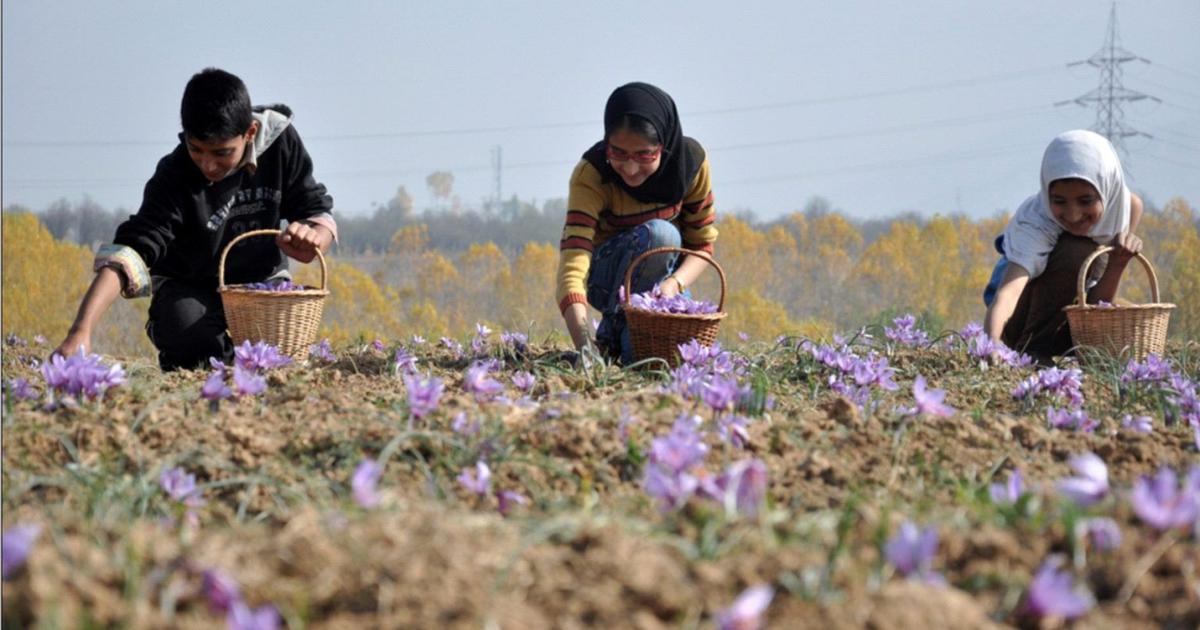
India - Kashmir growers wait for crop insurance despite rising climate risks
Even as climate change intensifies and weather patterns grow increasingly erratic, Kashmir’s horticulture sector – turnover valued at nearly Rs 15,000 crore annually – continues to function without any crop insurance cover, leaving thousands of fruit growers exposed to mounting financial risk.

Irish fishing industry wants government to sue EU over quotas
The Irish fishing industry wants the country’s government to sue the E.U. over recent sharp cuts to Ireland’s fishing quotas for 2026.
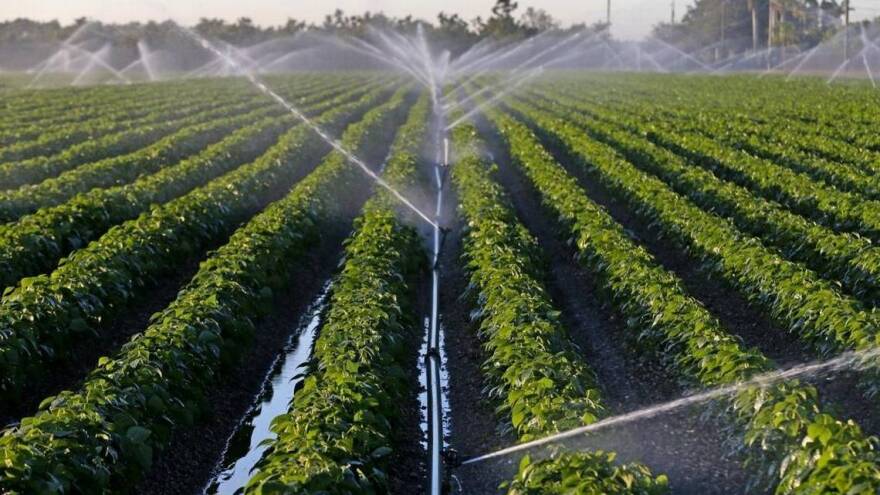
USA - DeSantis Administration Approves $27.4 Million in Conservation and Agricultural Land Protections
Governor Ron DeSantis and the Florida Cabinet on Tuesday approved the protection of more than 21,500 acres of conservation and agricultural land across the state, committing $27.4 million through the Florida Forever and Rural and Family Lands Protection programs.
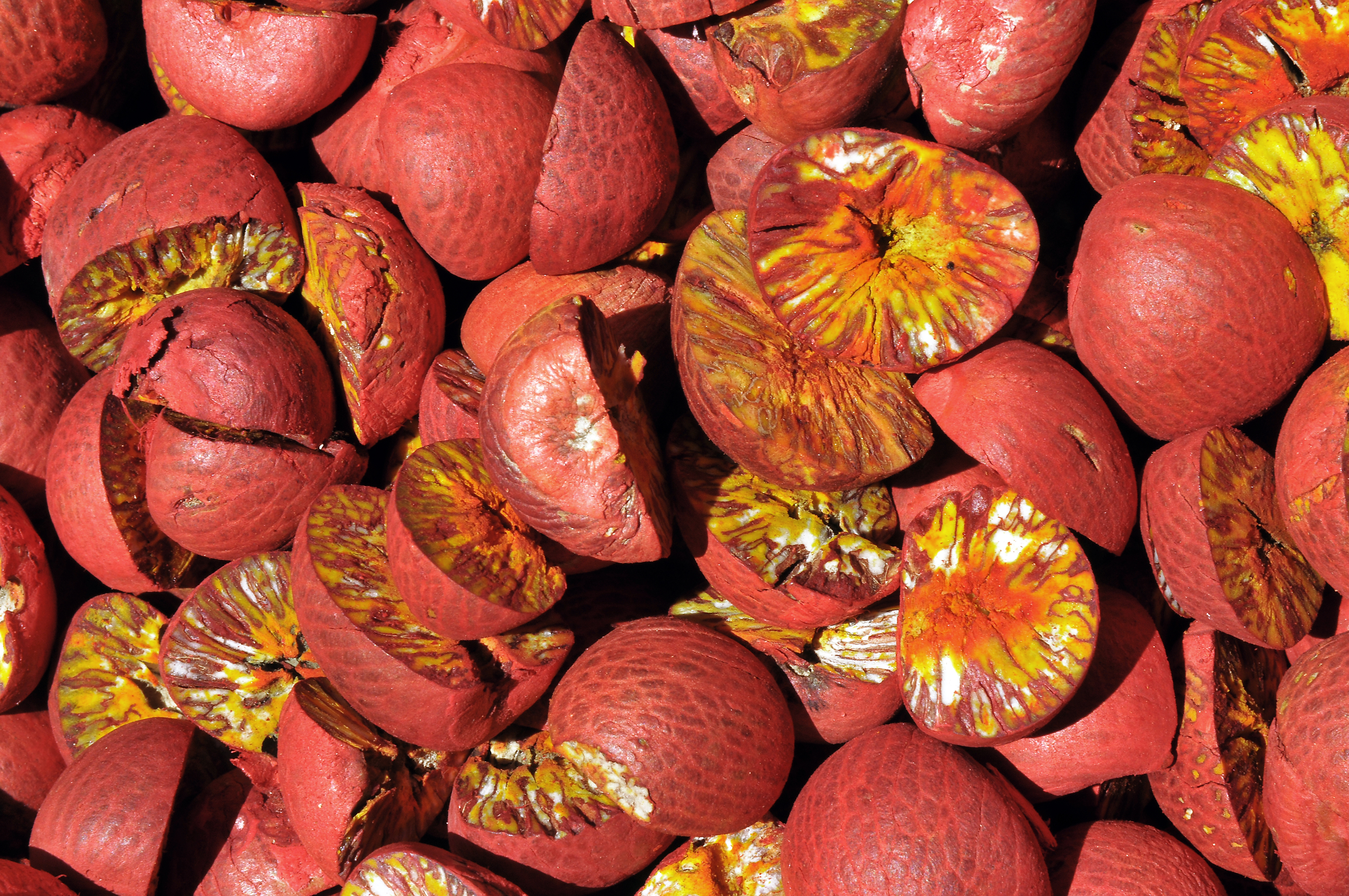
India - Shivamogga arecanut growers reel under rising losses due to crop diseases
The affected area expanded widely, reflecting the growing impact of the diseases on one of the district’s key plantation crops.


